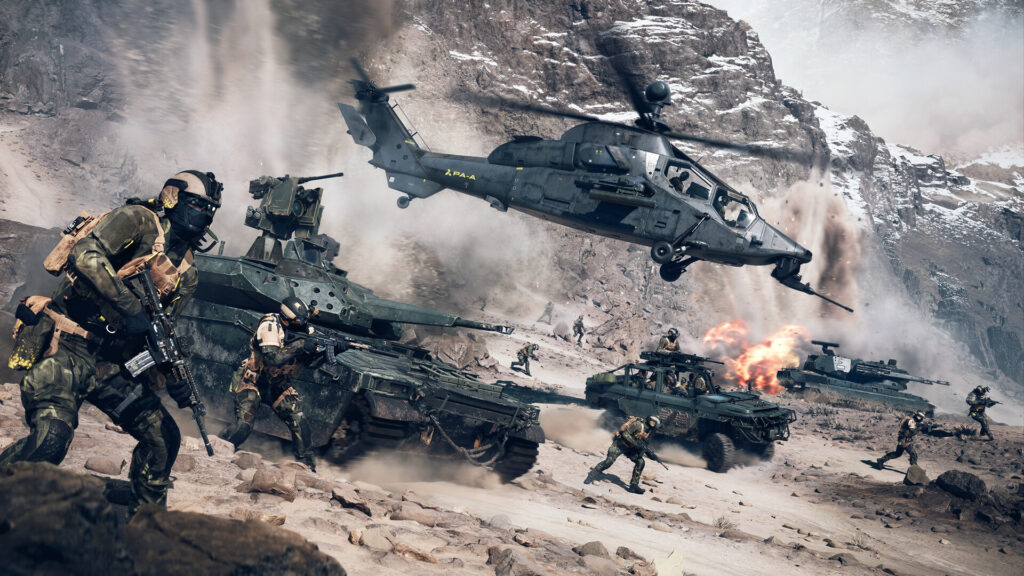While the open beta for Battlefield 6 from back in August was incredibly successful, one of the few criticisms levelled towards the game at the time was that the maps in the beta were on the smaller side. However, in an interview with PCGamer Magazine (via GamesRadar), design director Salim Fasahat has indicated that this was done on purpose, and that Battlefield Studios wanted to get a handle on the scale of the game’s battles before introducing its larger maps.
“This is for a few reasons, but that was planned to get a better idea of some of the different modes, the scale at which they operate, what kind of modes work with what types of maps, and there’s a lot of good stuff that’s come out of that,” explained Fasahat when asked about the smaller maps from the Battlefield 6 beta when compared to the large ones in the full game. Now that it’s finally out, Fasahat also noted that the developers are “super excited to have people explore all of those maps.”
On the technical side of things, technical director Christian Buhl explained that the smaller maps also made it easier for Battlefield Studios to test out different things, as well as to focus further on fine-tuning the gun play.
“In some ways it’s easier to test and focus on gun play when we’re doing the smaller maps,” he said. “So those were the ones we started with. And also, technically, it’s easier… you know, we’ve been planning on launching with these maps all along, but you know this is the first time we’re going to put some of the really big maps onto BF Labs.”
The developers behind Battlefield 6 have been quite vocal about working on the game and how they managed to avoid the pitfalls of the last few releases on the franchise. Earlier this week, lead producer Nika Bender had spoken about how the development teams leaned into the aspects that made Battlefield 3 and 4 fan-favourites.
“When we decided we wanted to do something in the near future, we looked at other Battlefields from the same era,” said Bender. “We knew that Battlefield 3 and 4 were the fan favourites, and we really are leaning into what really worked, and hope that this will continue resonating with players in Battlefield 6.”
Buhl, on the other hand, noted that the level of destruction offered by Battlefield 6 while still maintaining smooth performance and stable frame rates comes from the fact that the PS4 and Xbox One weren’t targetted as platforms to release the game on to. Modern hardware in current-generation consoles in terms of memory and CPU speed helped the developers achieve their vision.
“Maybe the only magic trick is that we’re not on the PS4 or Xbox One any more,” explained Buhl. “So we’ve kind of raised the floor of what we have in terms of memory and CPU speed, and so obviously raising that floor helps with improving performance overall. Since we’re not trying to get the game to run on a PS4, for example.”
Battlefield 6 is out on PC, PS5 and Xbox Series X/S. For more details, check out our review.




It’s interesting to see how smaller maps were used for the beta and playtests. This approach likely helped streamline the testing process and gather more focused feedback. Looking forward to seeing how these insights shape the final game!
Definitely! Smaller maps can really help developers gather focused feedback on gameplay mechanics and balance. It also allows players to experience more intense combat scenarios, which can be crucial for fine-tuning the game before its full release.